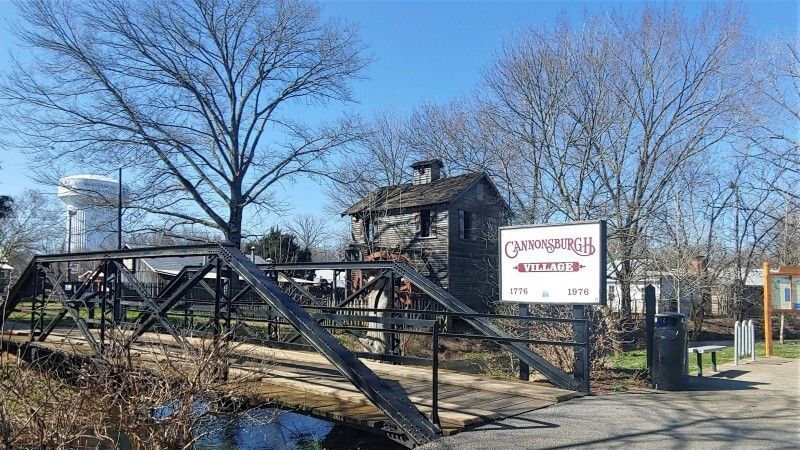Smooth Office Relocation in Murfreesboro TN
Moving your whole office is a big deal! It's like packing up your whole room, but for a whole building. There's a lot to think about, and it can feel overwhelming. But with a good plan and a little help from Nashville Master Movers, your
trusted local moving company in Nashville,TN, you can make it happen smoothly. That's where this
office relocation checklist comes in.
Planning Your Office Relocation
The first step to a successful move is planning. It's like planning a big vacation, but instead of packing swimsuits, you're packing desks and computers.
- Choose a Relocation Date and Timeline: Pick a date that works for everyone, from your boss to your biggest client. Then, create a step-by-step plan of what needs to happen and when. Think of it like a countdown to launch, but for your office.
- Select a Reliable Moving Company: Finding a good moving company is like finding a superhero for your office move. Do your research, read reviews, and ask for recommendations. A great moving company will make your life a whole lot easier. Nashville Master Movers is a great option to consider. They specialize in Commercial Moving and office relocation they have a proven track record of success.
- Create a Relocation Budget: Moving can be expensive, so it's important to know how much you can spend. Make a list of all the costs, from boxes to the moving truck. This will help you stay on track and avoid surprises.
Inventory and Organize Your Office
Once you have a plan, it's time to get organized. This means taking inventory of everything in your office and figuring out what to do with it.
- Conduct a Thorough Inventory: Go through your office room by room and make a list of everything you have. This includes furniture, electronics, supplies, and even decorations. Take pictures of valuable items for insurance purposes. Nashville Master Movers offers packing services that can ease your burden but will add to the overall cost of your move.
- Organize Office Supplies and Equipment: Pack up office supplies like pens, paper, and staples. For equipment like computers and printers, make sure they're packed securely to prevent damage. Nashville Master Movers offers Moving specials service, our full service moving experts will take good care of all your belongings, whether our movers are packing, moving, carrying, or transporting your items, rest assured that great care and safety is our top priority.
- Create a File Management System: Organize your important documents. Make digital copies of everything and consider using a cloud storage system.
Communicate with Stakeholders
Moving your office will affect a lot of people, so it's important to let everyone know what's going on.
- Notify Clients and Customers: Let your clients and customers know about the move. Give them your new address and contact information.
- Inform Employees About the Move: Talk to your employees about the move. Answer their questions and let them know what to expect.
- Update Business Listings and Website: Make sure your business information is up-to-date on all online directories and your website. Choosing a right local mover like Nashville Master Movers, ensures that not only do we have the experience and resources to handle such moves, but also the necessary authorizations and licenses, we are committed to making this transition seamless and stress-free.
Murfreesboro, TN, is a charming city with a rich history and a vibrant community. While it might not be as famous as its larger neighbor, Nashville, it offers a unique blend of Southern hospitality, historical landmarks, and modern amenities.

Cannonsburgh Village
Cannonsburgh Village: Take a step back in time and experience life in a 19th-century village. Explore
historic buildings, watch live demonstrations of crafts, and enjoy live music and entertainment.

Discovery Center at Murfree Spring
Discovery Center at Murfree Spring: This interactive science and nature center is a great place for families. Explore exhibits, watch live animal demonstrations, and enjoy the outdoor playground.
Office Relocation Day
The big day is here! It's time to move your office.
- Coordinate with the Moving Company: Make sure you're in touch with your moving company on the day of the move. Be there to answer any questions and help them load the truck.
- Manage the Moving Process: Oversee the move to make sure everything goes smoothly. Keep an eye on your belongings and make sure they're handled with care.
- Unpacking and Setup: Once you're in your new office, start unpacking and setting up. Prioritize essential items like computers and phones.
Post-Relocation Tasks
After the move, there are still a few things to do.
- Conduct a Final Walk-Through: Check your old office one last time to make sure you didn't leave anything behind. Also, inspect your new office to make sure everything is in good condition.
- Update Internal Systems: Change your office address in all your computer systems and software. Update your phone system and voicemail.
- Employee Orientation: Give your employees a tour of the new office and make sure they have everything they need to be productive. Let us be your trusted movers in Murfreesboro, TN, we understand that moving can be a stressful and overwhelming process, which is why we go above and beyond to ensure that your move is as seamless as possible.
Moving your office can be stressful, but with a good plan and the right help, it can be a smooth process. However, stay organized, communicate effectively, and enjoy your new space!. Nashville Master Movers is committed to making your move as stress-free as possible. With our experienced team and top-notch service, you can focus on your business while we handle the heavy lifting.
You might also like



Our strong team of reliable, trained employees work for Master Movers full time to ensure Master Movers is tops in service, competitive pricing, and quality customer care.
So if you are looking for movers in Nashville Tennessee or surrounding cities, we'd love to chat with you! We're always available to our clients. You can request a quote, give us a call, or simply use our contact form. We look forward to hearing from you.
AREAS WE SERVE
CONTACT US
Master Movers LLC
3200 West End Ave #500,
Nashville, TN 37203
Monday - Saturday 8:00AM -
6:00PM (CLOSED ON SUNDAYS)
© Copyright 2021, Master Movers LLC All Rights Reserved | Privacy Policy | Terms and Conditions | Sitemap
